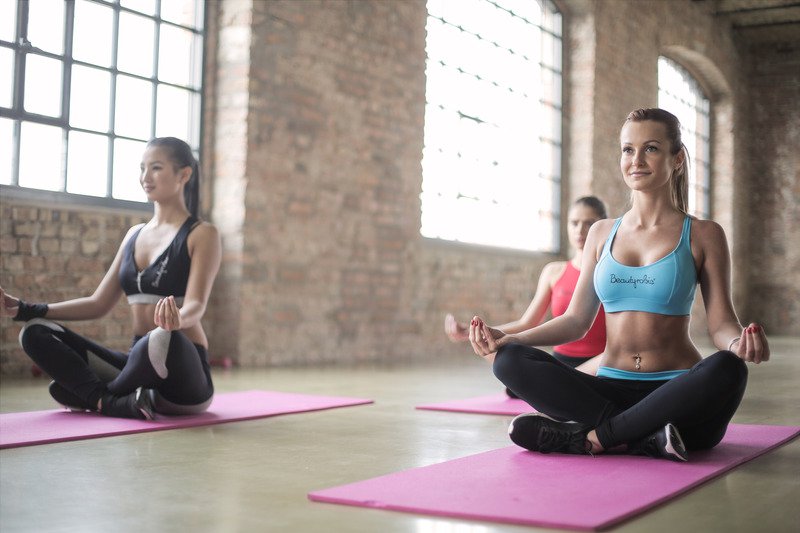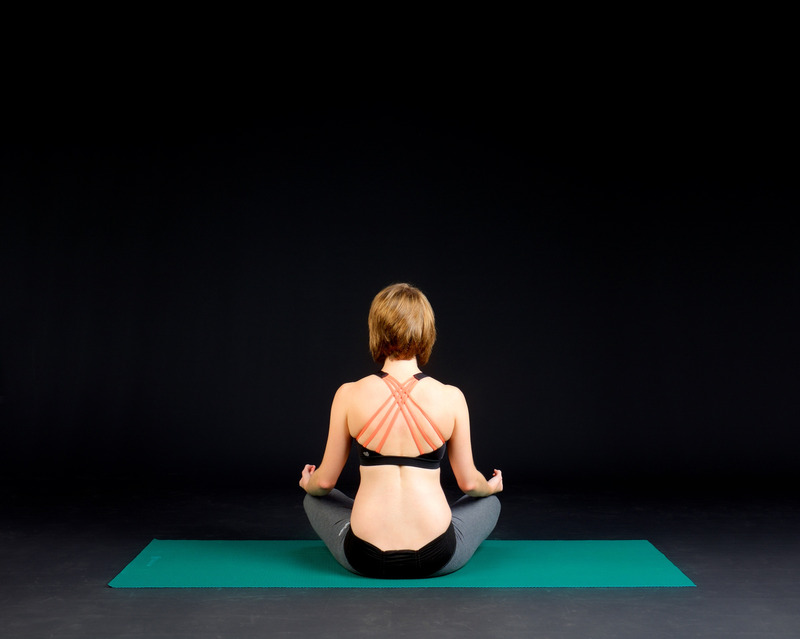The perfect tea recipes for the summer
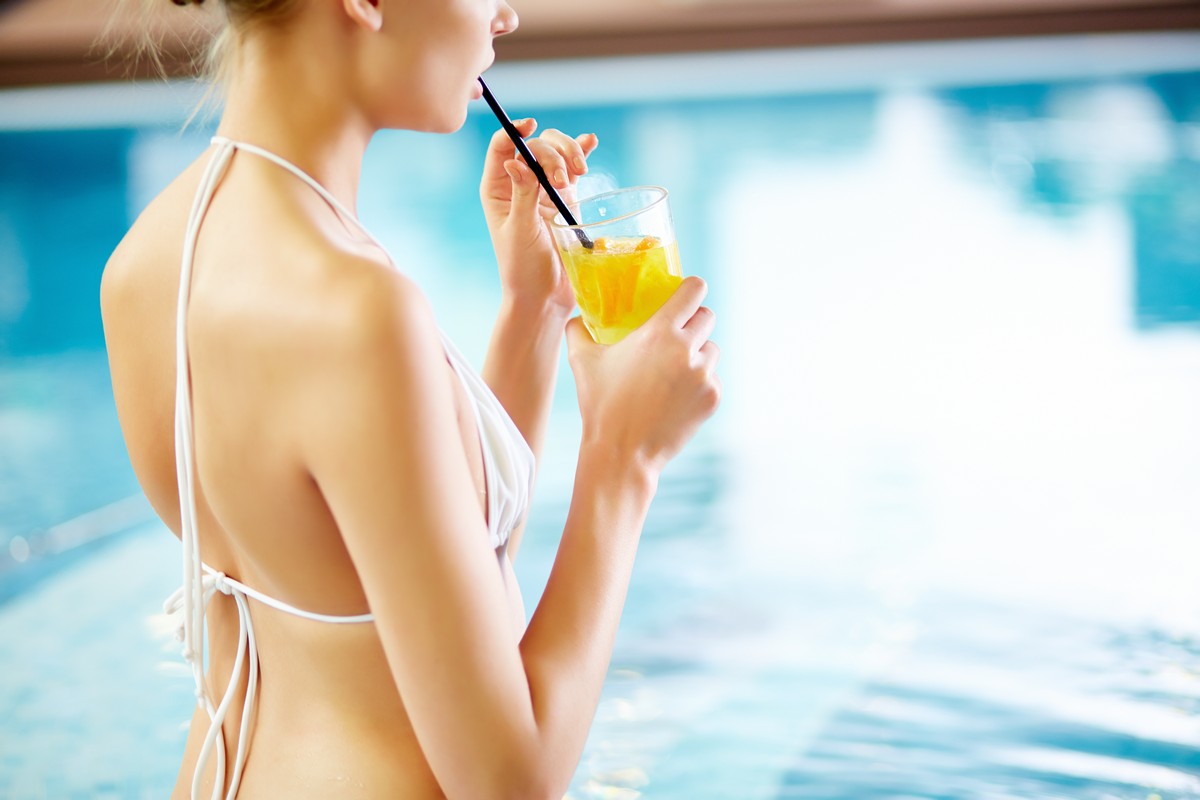
Easy & Delicious Fruit Tea
Brewed tea is combined with lemonade concentrate and almond extract.
Ingredients:
- 2 Lipton Cold Water Brew tea bags (can use other, if desired)
- 1 1/2 cups sugar
- 1 12-oz. can frozen pink lemonade
- 1 or 2 teaspoons almond extract
Method:
Add lemonade to a 2-quart pitcher and fill with cold water. Add two tea bags and let brew for ten minutes. Add sugar and almond flavoring. Enjoy!
Number of Servings: Makes about 8 servings
Green Tea Smoothie
Brewed green tea is chilled and blended with frozen canned peaches, peach nectar and peach yogurt to make this smoothie.
Ingredients:
- 1, 16-oz can peaches in light syrup
- 3 bags of green tea
- 1 cup water
- 1, 5 1/2-oz can peach nectar (about 2/3 cup), chilled
- 2 cups peach yogurt
Method:
Several hours before serving, drain the peaches, place fruit in a freezer container, and freeze. Brew tea bags in 1 cup of water. Allow to steep five to ten minutes longer than called for; then remove tea bags, cool the liquid and chill well. To serve, in a blender or large food processor combine the brewed tea, peach nectar, peaches and yogurt. Mix well and place in 4 chilled serving glasses. Serve right away.
Notes:
This is tasty and gives the benefits of green tea. It is very good on a hot day.
Number of Servings: 4
Iced Mint-Green Tea
Green tea and mint tea are brewed together and sweetened with sugar, then poured over ice to serve.
Ingredients:
- 12 small Lipton green tea bags
- 4 small mint tea bags
- 1 1/2 cups sugar
Method:
Heat 5 cups of water in a pot to very hot, but not boiling. Add tea bags and allow to steep for 2 minutes. Take out tea bags; stir in sugar until dissolved. Fill a gallon pitcher with ice all the way to the top; pour tea mixture over ice. You may need to add water to finish filling it. Stir.
Number of Servings: 8 – 10
If you liked these ideas and want more recipes for the summer, click here.…





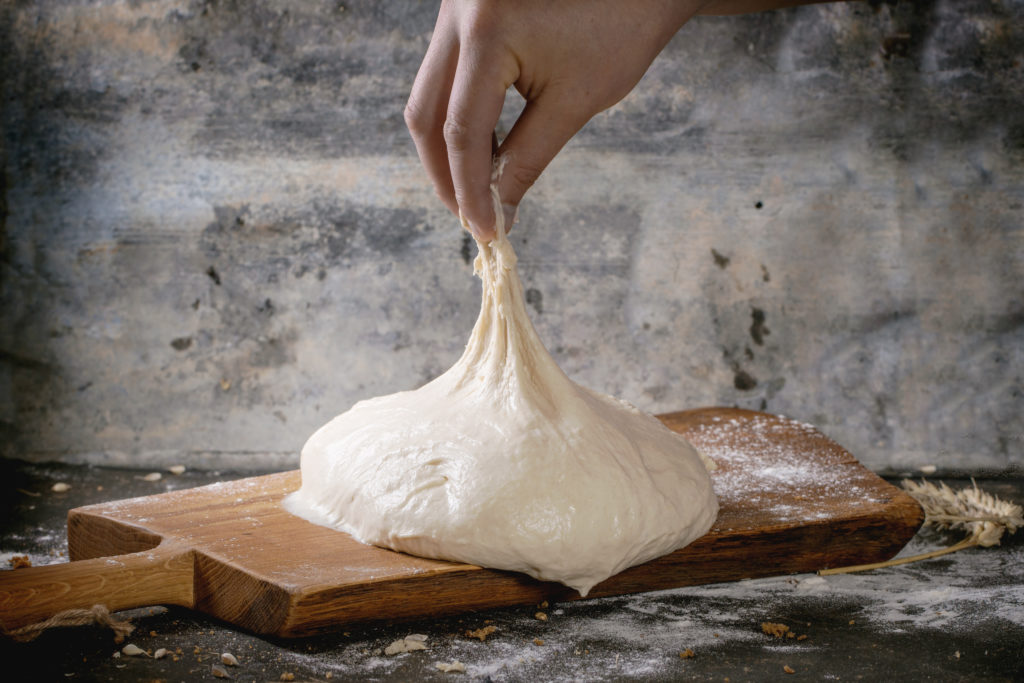
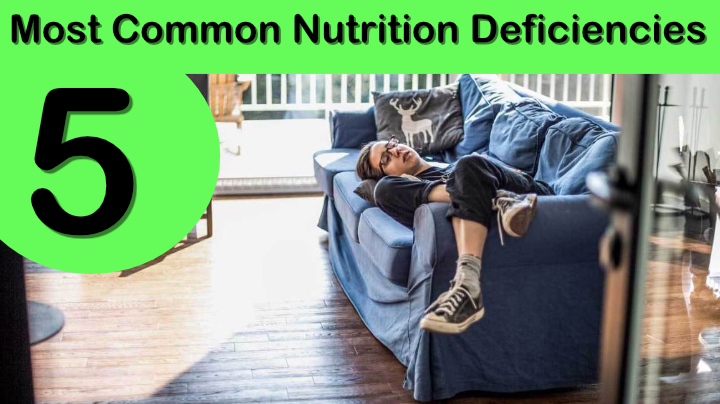
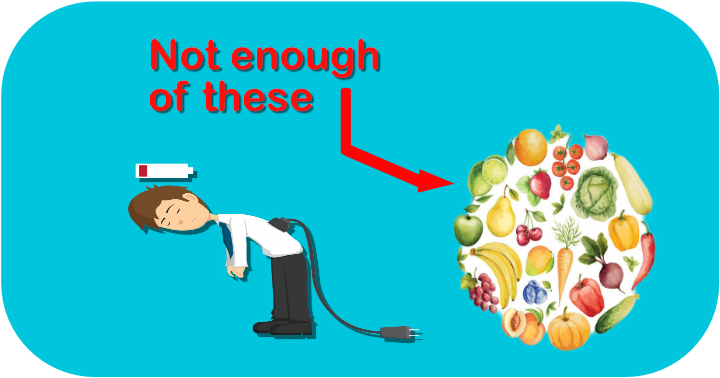 The deficiency of iron is also one of the common nutritional deficiencies all across the world, with over 25% of the world population suffering. Almost 30%of the young menstruating women and around 42% of pregnant women are known to be iron deficient.
The deficiency of iron is also one of the common nutritional deficiencies all across the world, with over 25% of the world population suffering. Almost 30%of the young menstruating women and around 42% of pregnant women are known to be iron deficient.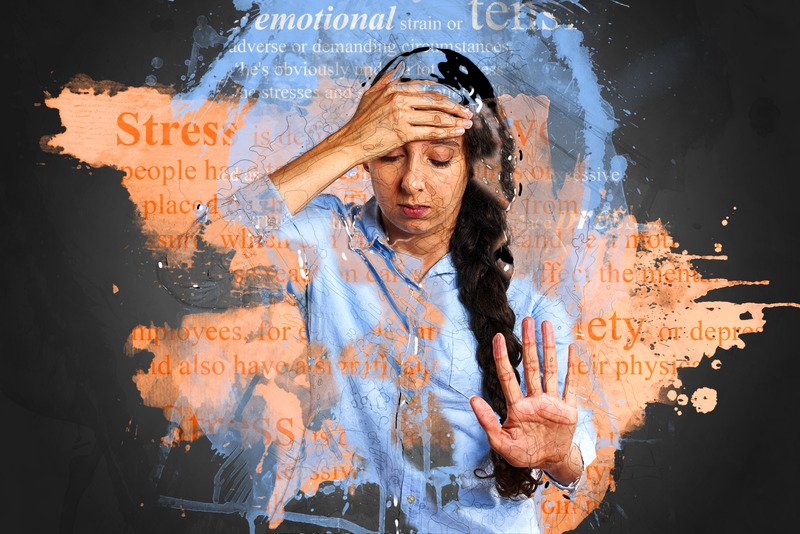 It can be debilitating to experience stress and anxiety on a daily basis. Addressing the cause helps to reduce stress and ease anxiety naturally, but many people need additional help to relieve symptoms of nervousness, edginess, panic and overwhelm.
It can be debilitating to experience stress and anxiety on a daily basis. Addressing the cause helps to reduce stress and ease anxiety naturally, but many people need additional help to relieve symptoms of nervousness, edginess, panic and overwhelm.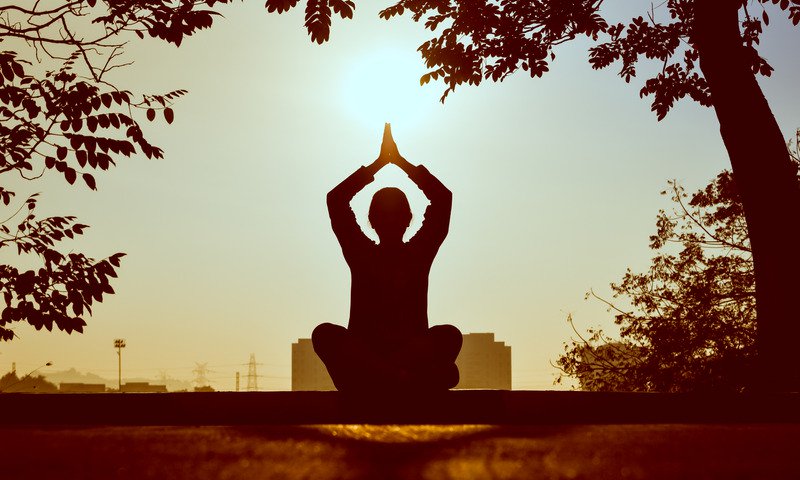 Mind-body exercises help individuals to connect and balance the mind and body. These include yoga, Tai chi, and martial arts practices. Activity that helps a person to center within and ground the body while doing movement can be calming and soothing to the mind and body. These exercises naturally reduce stress and anxiety by bringing people into the present moment and out of the past and future. Even a simple activity of going for a walk in nature and being completely present with all the sights, sounds and sensations will bring the mind and body into balance. Explore various mind-body exercises to find one that’s suitable.
Mind-body exercises help individuals to connect and balance the mind and body. These include yoga, Tai chi, and martial arts practices. Activity that helps a person to center within and ground the body while doing movement can be calming and soothing to the mind and body. These exercises naturally reduce stress and anxiety by bringing people into the present moment and out of the past and future. Even a simple activity of going for a walk in nature and being completely present with all the sights, sounds and sensations will bring the mind and body into balance. Explore various mind-body exercises to find one that’s suitable. When people first wake up, they often think about all the tasks and chores awaiting them. This only burdens the mind and overwhelms the body. Where is there room for the lightness of the soul to start the day with ease and balance?
When people first wake up, they often think about all the tasks and chores awaiting them. This only burdens the mind and overwhelms the body. Where is there room for the lightness of the soul to start the day with ease and balance? ry these as short mindfulness breaks:
ry these as short mindfulness breaks: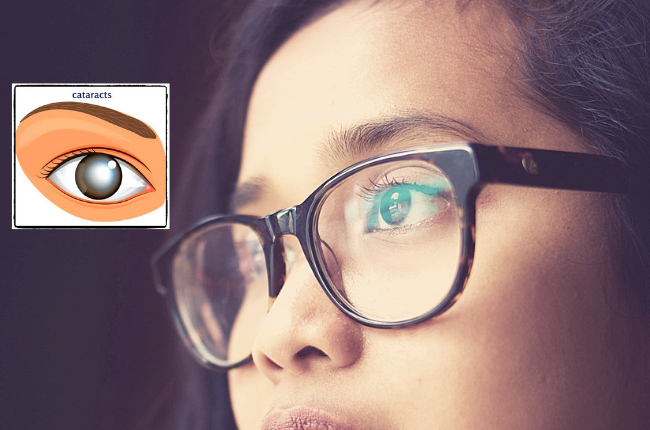

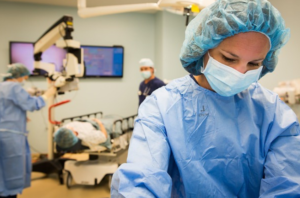 Who is a candidate for cataract surgery?
Who is a candidate for cataract surgery?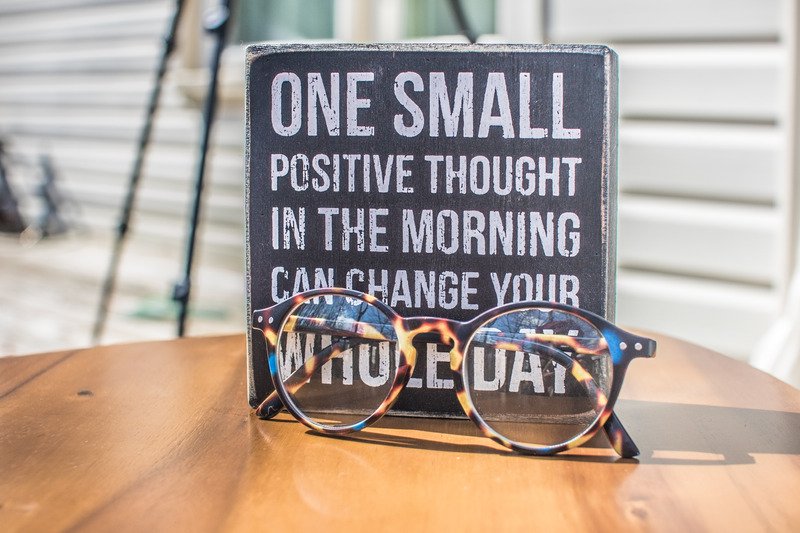
 Courage;
Courage;
